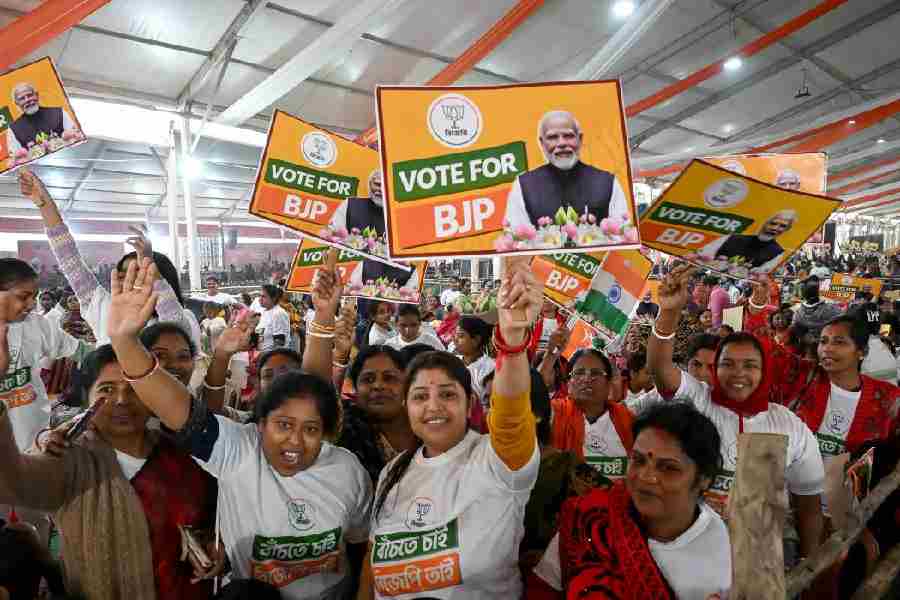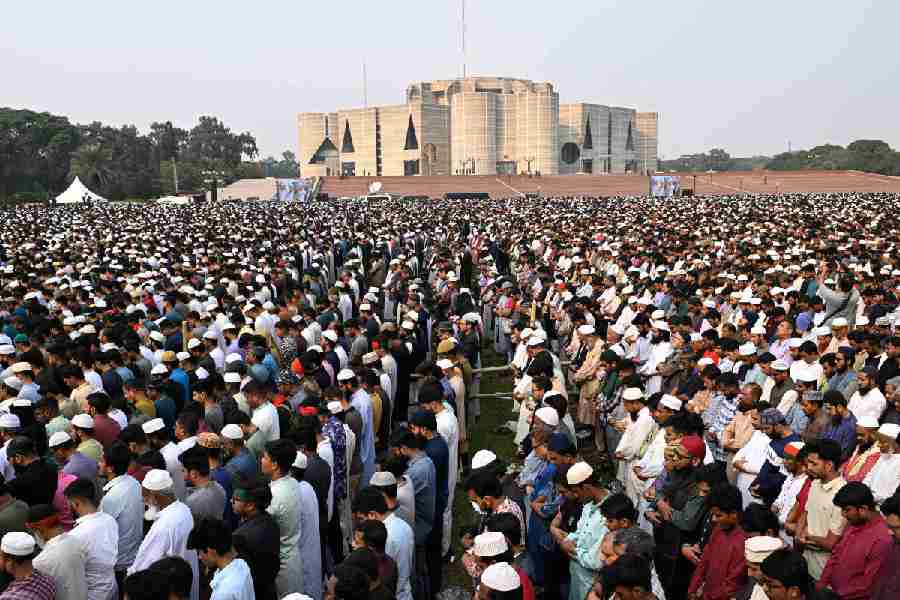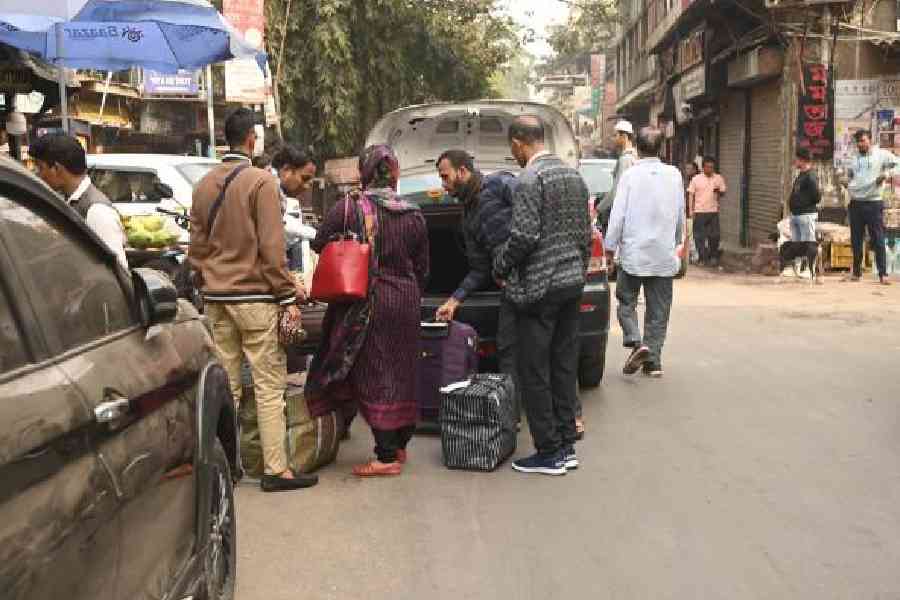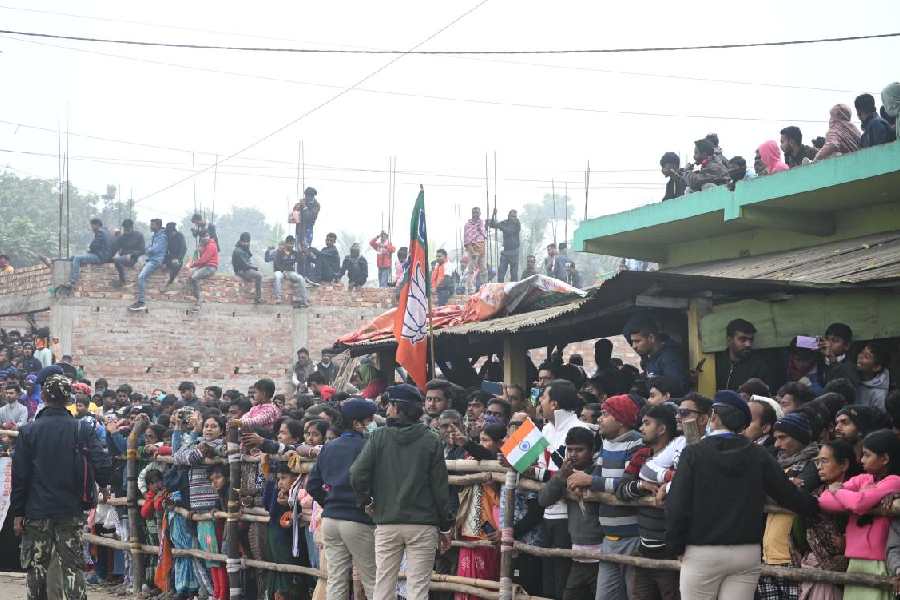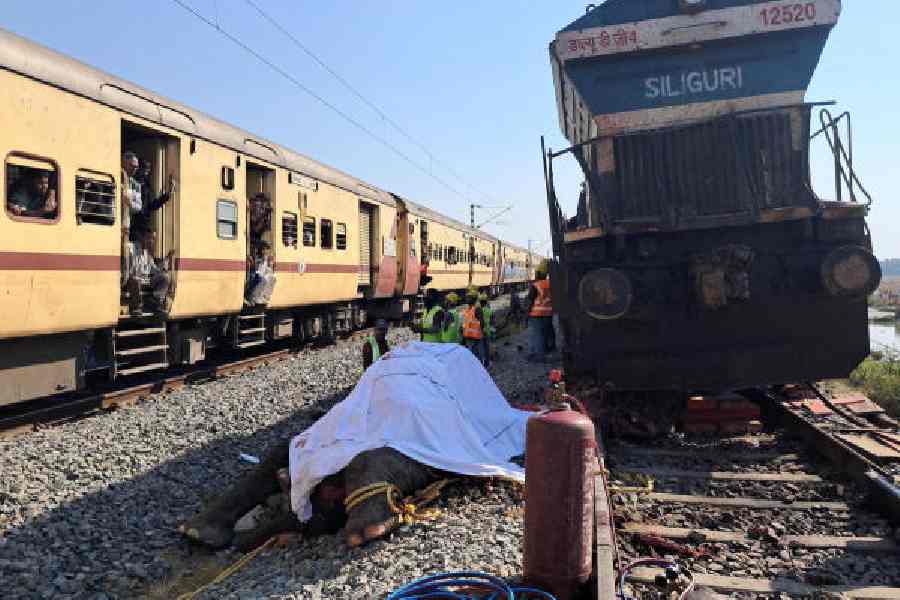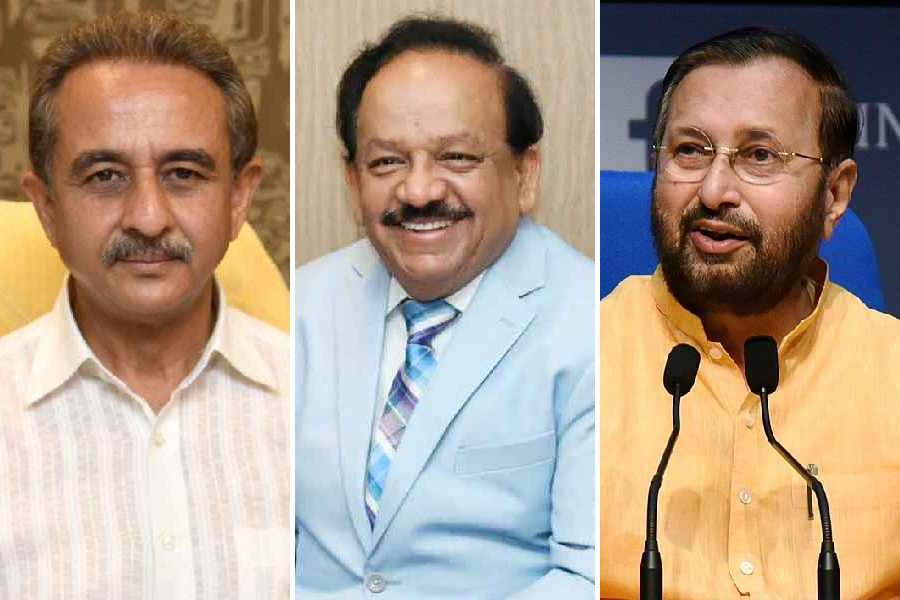 |
| Rituparno Ghosh |
You could have brought the sisters — Raima and Riya Sen — face to face in Noukadubi since their characters meet in the Tagore novel. Wasn’t it tempting for you?
I didn’t want to show Raima and Riya together. To bring them face to face, who are also rivals in the film, was an obvious temptation which I resisted. And I feel happy about that. Casting Raima and Riya in itself was a sensation and I didn’t want to make it more sensational at the plot level. In the story, Kamala (Riya) and Hemnalini (Raima) are characters who can replace each other. They could have been in each other’s shoes but for a twist of fate. And that is the moot point here.
It was there in Chokher Bali as well… in the terrace scene where both Binodini (Aishwarya Rai Bachchan) and Ashalata (Raima) have their heads wrapped in gamchha and look almost alike. Showing Raima and Riya in the same frame, having cast them together, is predictable. Not showing them together is the unpredictable thing and that’s why I feel it is my victory as an artiste.
Jisshu Sengupta (as Ramesh) appears bare-bodied in several scenes. While women are the objects of desire in most films, it’s a man in your film. What was your thought behind it?
I had shown a bare-bodied man in Chokher Bali too… a bare-bodied Bumba (Prosenjit) getting up from the bed or reading a letter. I think we take the desirability of a man for granted, as if it’s only the woman’s duty to look attractive and be desirable for men. For us, the desirability of a man rests in his ability to provide security, his wealth and his social position. We forget that a man can be aesthetically desirable too. If you consider Titian’s painting of Venus and Adonis, who can say who’s more beautiful between the two?
You have deviated from the way Tagore has treated marriage and the man-woman relationship in his text. While in the novel Kamala cringes at the thought of having lived with a stranger (Ramesh), she actually seems to be sad about missing him after being reunited with her husband Nalinaksha in your film. Can you explain the digression...
Yes, it’s so because I am making a film on Noukadubi in today’s times, and hence it has to have a different outlook on marriage. In the Tagore novel, the purpose is to be completely devoted to one person. I find it spiritually interesting, but when we bring in human experience there is a dilemma. The fact that a husband and wife will only love each other and no third person outside their marriage is a social myth.
Kamala has her back to her husband Nalinaksha (Prosenjit) in the last scene. Hemnalini too has her back to Ramesh when he enters in the last scene. This whole cycle of separation and the possibility of reunion, then again separation and yet another possibility of reunion... why should this be for just one person? In today’s times, one can live without being devoted to only one person. Besides, the Hindu Marriage Act was not passed in the period the film is set. So Ramesh could, if he wanted, take another wife but he doesn’t. It is something that Rabindranath had in his family. Neither Debendranath nor Jyotirindranath remarried after their wives died.
Do you feel Noukadubi would have been better received had it been edited by some minutes?
No. I didn’t feel the need to shorten it. Not yet. I will take the time I need to tell my story. If need be my film will become another Last Emperor (Bernardo Bertolucci’s The Last Emperor runs 160 minutes).
You have a penchant for dubbing for some of the characters and in Noukadubi, you dubbed for Nalinaksha’s mother. Why?
You won’t believe it, a lot of people told me, ‘You acted very well as Prosenjit’s (Nalinaksha) mother’! They actually thought it was me in the movie! Well, this was a lesson for me... on how we undermine public imagination. People have accepted me in the role of Nalinaksha’s mother and also appreciated it! Shobai bhabe Rituparno’r meye shajte kono asubidhe hobe na.... So, you can say I have done my third film as an actor! (Laughs.)
Actually, after a certain age, the voice of both men and women turns thicker and often almost sounds similar. Ammudi’s (Chaterji) Bangla was not suitable for this role. But I loved her work in Noukadubi. She is a rare mix of elegance and education. I would love to work with her again.... I like to do a guide track for my actors, where I correct the errors in their acting. It helps them to minimise mistakes while they are dubbing for their roles. Sometimes, I retain it if it is suitable.
What’s the feedback from Bollywood where Kashmakash (the Hindi version of Noukadubi) is showing?
Well, Yash Chopra has seen Kashmakash and liked it so much that he wants to make a film with me. He said it’s a beautiful film with a deep undercurrent of pain, and that I must to do a film for him. I said I would do a Bengali film... let’s see. I would be keen if it is a Bengali-Hindi double version. Even Subhash Ghai wants to do another film. He’s happy with the returns of Kashmakash. It has broken even. A lot of people from Bombay have called or messaged after watching Kashmakash.... Yash Chopra, Tabu, Arundhati Roy....
Have you decided on the projects to work on with Yash Chopra?
No, I haven’t decided yet. We will talk soon.... Maybe I would do Debi Choudhurani.... Right now, I am busy with my documentary on Rabindranath for it’s the opportunity of a lifetime for me.


